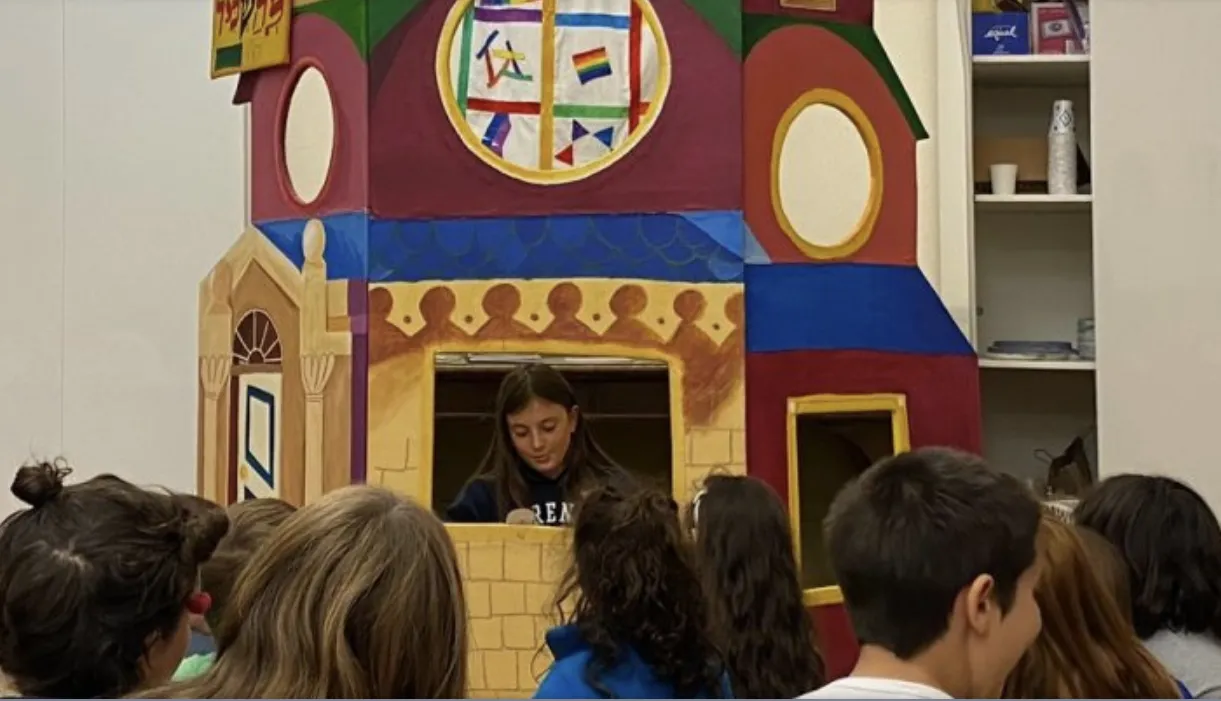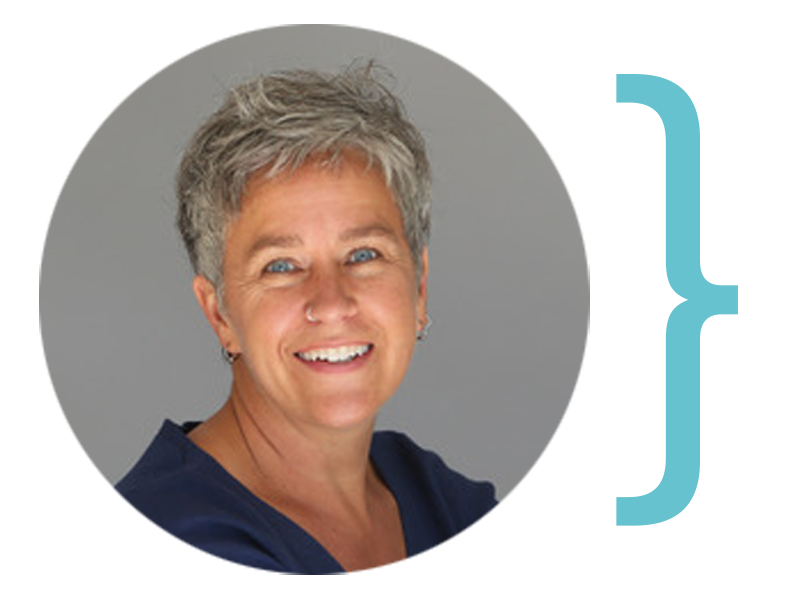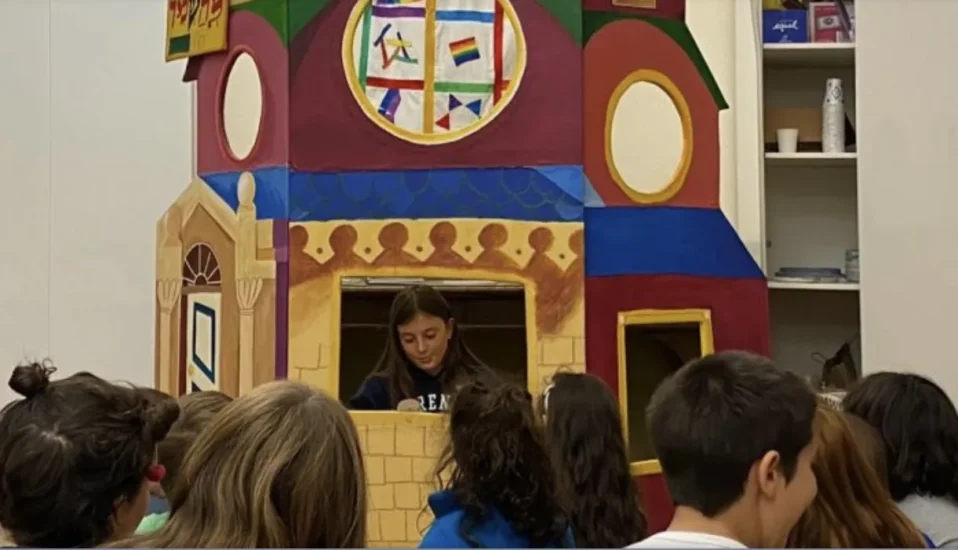When I first returned to the role of educator at Congregation Sha’ar Zahav five years ago, I quietly confessed to the rabbi that we might want to merge our school with that of our nearest Jewish neighbors. Their school and ours were meeting at the same time on Shabbat mornings, separated by just a few blocks, and we share common values and goals. It seemed foolish for us to put so much effort into our own thing. But Sha’ar Zahav’s lay leaders, especially the school parents, had worked hard to keep their school afloat despite difficult leadership transitions and financial pressures. They had brought me in to revitalize the school, not to shut it down. So we went to work.
What’s great about a small school is that you are compelled to draw outside the lines. The limitations on the ground force innovation. You know you cannot field enough kids to populate individual grades, so you work in mixed-age groupings. If you have a small building, as we do, you need to think creatively about how to best use the available spaces. Your limited budget gets you thinking about minimal staffing and the role of volunteers. If you meet these limitations with creativity and educational know-how, your too-small school can become an amazing learning lab, as ours has.

Sha’ar Zahav made a commitment to project-based learning (PBL) and mixed-age classes years ago. In our revitalization efforts we doubled down on our PBL vision and all-school learning. We let go of a complex curriculum we had designed more than a decade earlier and let our curriculum be emergent, organized around one to three interwoven themes each year. We also added a maker space and with it a philosophy of curiosity-driven tinkering as a learning modality. What drives our learning is big Jewish ideas, our questions and the children’s energy and interests.
For example, a few years ago we brought the kids a question about what makes a Jewish story or what makes a story Jewish. We wanted to see if together we could understand something about Jewish cultures and Jewish identities. We read Jewish stories. We adapted traditional children’s stories to make them Jewish. We wrote our own stories. A puppet theater materialized and soon the maker space was a puppet lab; we created Jewish puppet theater. And the 7th graders, in their developmentally-appropriate resistance, did improv theater instead. We did not definitively answer our initial question, but we sure had a great time exploring it, and unpacked a lot of our ideas — and biases — about what it means to be Jewish.
What makes this kind of creative learning possible at our school is our small size. We have a five-person teaching team, including me and a volunteer. We meet weekly to co-create our learning. We study together when we lean into a new content area so that we benefit from each other’s ideas and knowledge and push each other’s thinking. Each week we weave our intersecting pieces of learning together so that our opening circle/tefillah sets the stage for the day, classroom time and maker time complement each other and our closing circle offers a chance for students to share their work and reflect on the day’s learning together. This kind of collaborative teaching requires presence, trust and a deep sense of team.
Last year, the culmination of a year of anti-bias education framed by Jewish texts and values was a piece of original musical theater, a story collaboratively written by our K/1/2 class. Every student participated in turning that text into a script; led by our teen teaching assistants, groups of students wrote and adapted songs. Students acted — or designed and created — sets or made props and costumes. In what community spaces do five-year-olds and 12-year-olds develop theater together? We could do this because our 30 students all know each other, they hear each other’s voices in tefillah discussions, they play together at recess and they make stuff together in the maker space. They work together because they are one small and amazing community.
Community is the key word. It’s why our lay leaders remain invested in Sha’ar Zahav having its own school. Because what we are doing in our small beit sefer (school) is integrating our children meaningfully into the community of Sha’ar Zahav. Unlike large congregations obligated to meet a wide variety of needs as members labor to find their niche, we are able to joyfully welcome, nurture and support each child as an individual.
The enterprise of congregational education isn’t just about smart resource allocation for the efficient delivery of Jewish education for its own sake. It’s about each congregation’s children feeling they are seen, appreciated and part of something bigger — an engaged, intergenerational community. In a culture preoccupied with growth and scaling up, small schools are enclaves of creativity and educational innovation capable of creating a qualitatively different kind of learning community.

Sue Bojdak is the director of education at Congregation Sha’ar Zahav in San Francisco. She has been a congregational educator for more than 20 years.
To view the original article on EJP, please click here.



